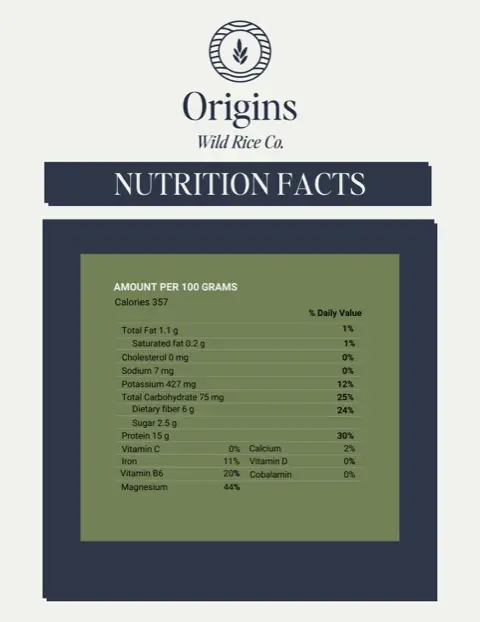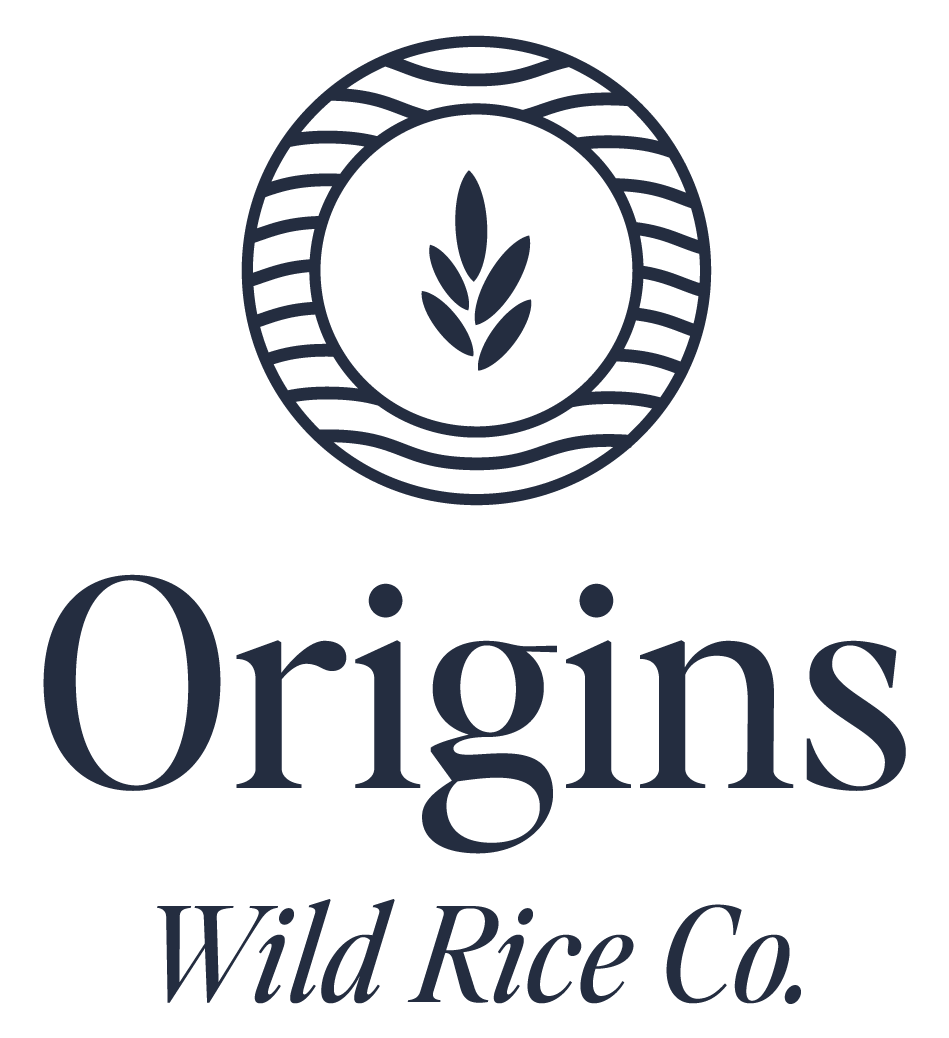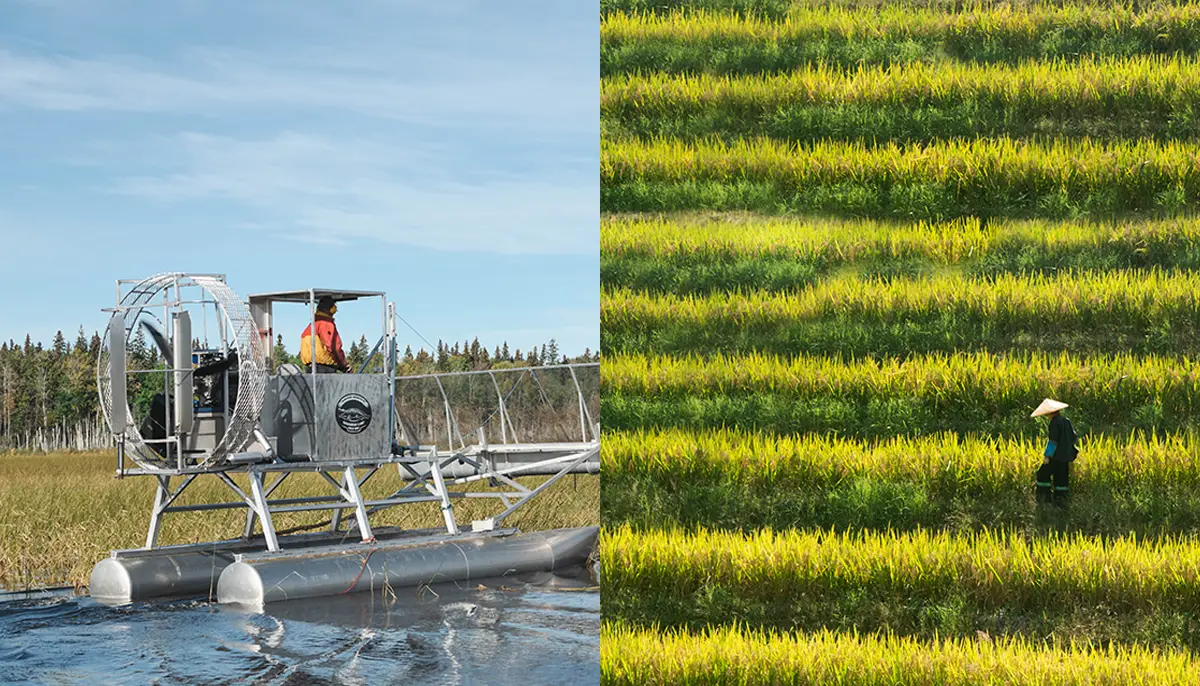Introduction
In the realm of grains, rice reigns supreme as one of the most consumed staples worldwide. However, not all rice varieties are created equal. This article delves into the comparison between white rice and wild rice, two distinct options that often find themselves pitted against each other.
Origins and Nature:
Wild Rice: The Aquatic Seed
One of the most striking yet lesser-known distinctions between white rice and wild rice is the botanical origin. Contrary to its name, wild rice is not a true rice but rather the seed of an aquatic grass that thrives in shallow, freshwater lakes across select regions in North America.
White Rice: The Staple Grain
In contrast, white rice originates from traditional rice plants cultivated in rice paddies worldwide.
Flavor and Texture:
White Rice: Mild and Versatile
White rice boasts a mild flavor and a smooth texture, making it a versatile accompaniment to a wide array of dishes.
White Rice: Mild and Versatile
Conversely, wild rice offers a nuttier, earthier flavor profile and a chewy texture that adds depth and character to any meal.
Nutrition:
White Rice: Processed and Nutrient-Stripped
White rice undergoes extensive processing, resulting in the removal of its outer bran and germ layers, thereby diminishing its nutritional content.
Wild Rice: Nutrient-Rich Superfood

On the other hand, wild rice retains its natural goodness through a less invasive processing method, making it a nutritional powerhouse rich in protein, fiber, vitamins, and minerals, including essential nutrients like manganese, zinc, and magnesium.
Environmental Impact
White Rice: Resource-Intensive Cultivation
The cultivation of white rice is resource-intensive, requiring significant amounts of water and chemical inputs, which can have detrimental effects on the environment.
Wild Rice: Sustainable Harvesting
In contrast, wild rice grows in natural aquatic habitats, where it plays a vital role in wetland ecosystems. Harvesting wild rice often involves traditional, sustainable methods that have minimal impact on the environment, making it an eco-friendly choice for conscientious consumers.
Conclusion
In the ongoing debate between white rice and wild rice, each presents a unique set of characteristics in terms of flavor, texture, nutrition, and environmental impact. While white rice remains a ubiquitous presence on supermarket shelves and restaurant menus, wild rice emerges as a nutrient-dense alternative with a rich taste that appeals to adventurous palates. The next time you find yourself perusing the rice aisle, consider reaching for the wild rice.




